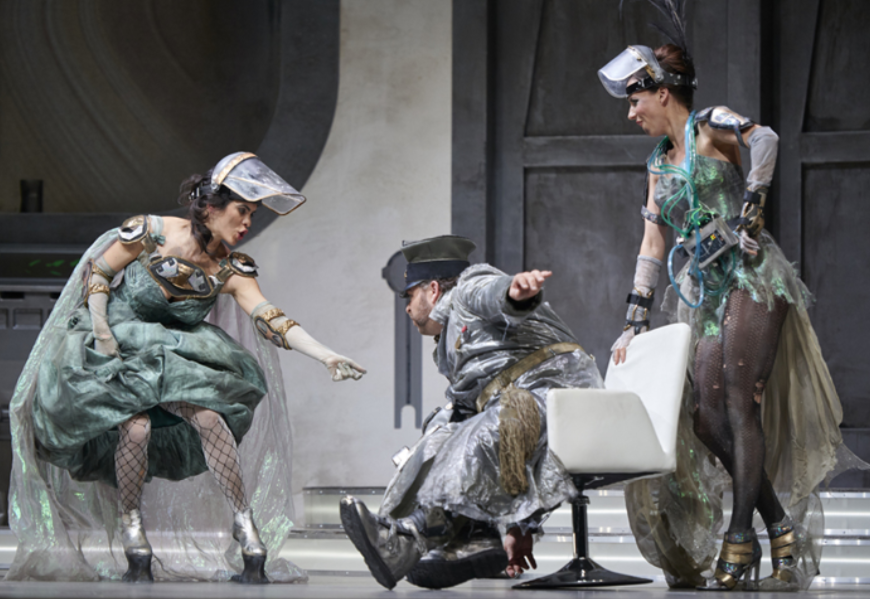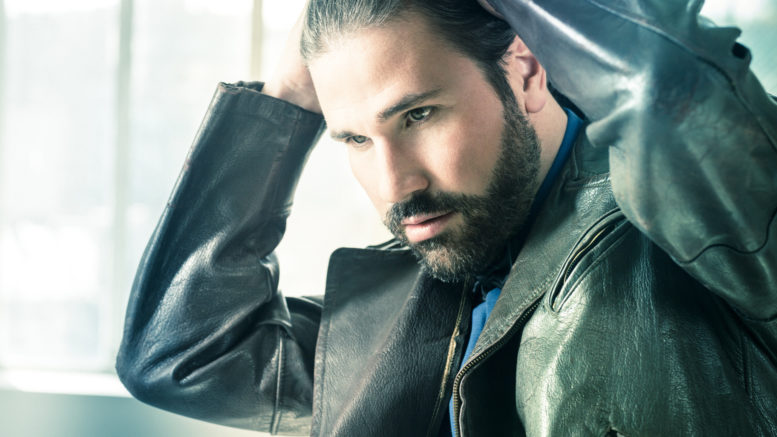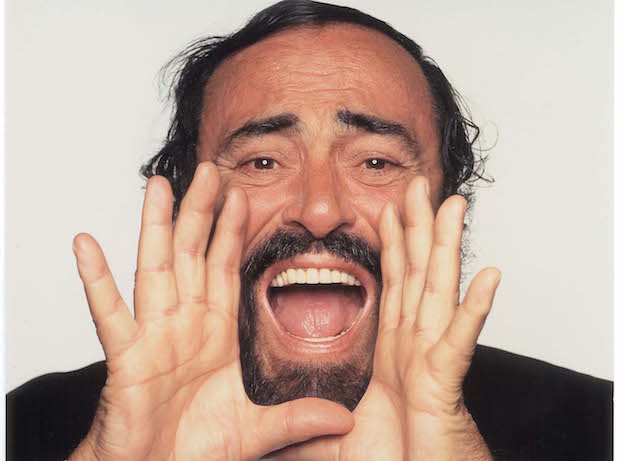
Seattle was eager to listen to Itzhak Perlman, an icon of the violin who appeared last year in Seattle conducting Beethoven’s Symphony Eroica. This time, the audience at the Benaroya Hall could enjoy the nudity of Perlman’s Stradivarius, only accompanied by Rohan da Silva on the piano.
There weren’t many surprises in a program which featured sonatas for violin and piano by Jean-Marie Leclair, Johannes Brahms, Ludwig van Beethoven and Maurice Ravel, along with a generous list of encores.
Everyone knows the fine intuition, the flawless technique and the singular sensitivity of Perlman. All of it explains the great turn out at the Benaroya and the enthusiastic response of the Seattle audience.
Leclair‘s sonata No. 3 was served in an honest and straightforward manner, as in a rehearsal, such was the communication between the soloists. The first movement opened the concert with a shadow of melancholy, whereas the second one (allegro) brought a simple melody, like a child game. Later, in the Sarabande, we enjoyed the sound of the violin in all its richness. The Tambourin closed the sonata with some phrases of staccato notes followed by the joy of a sparkling dance. Here, da Silva got more relevance, his notes coming out of the keyboard were like suggestive and ephemeral bubbles.
Brahms’ Scherzo from the Sonatensatz in C Minor was performed as a game of contrasts of light and darkness, where the passionate lyricism of the piano stood out.
The well-known Beethoven’s sonata No. 5 «Spring» played by Perlman and da Silva was somehow disappointingly conservative and we missed more tranquility in the piano. However, both soloists played with humanity and dedication and mixed together in a solid musical line. During the second movement, when the piano interventions were commented by the violin, the sound density grew and each phase met beautifully the following one, in a poised and conversational way. At the scherzo-trio, da Silva was a bit heavy at the piano, whilst Perlman responded somehow passively. Nevertheless, there were always details which made the audience forget all reserves and dive into such an eternal tune.
The second part of the concert featured Ravel’s Sonata for Violin and Piano No. 2 that combines naive melodies with the most demanding cadenzas. After the ethereal finale of the first movement, we enjoyed the jazz-like Blues. The score allowed the musicians certain margin to creativity. Perlman and da Silva showed a remarkable connection also in the Perpetuum mobile which closes the sonata and both virtuosos performed a brilliant end to the program.
After several minutes of standing ovation, a well-built list of encores. It included works by Tchaikovsky, a delightful melody from Gluck’s Orphee et Euridice and some easygoing pieces such as the Kreisler’s Tambourine Chinoise and the central theme of Schindler’s list soundtrack (John Williams). It was a unique and convenient way to close an unforgettable evening.
Carlos J. Lopez















